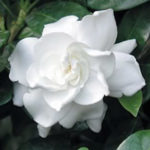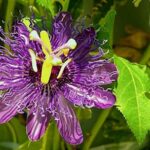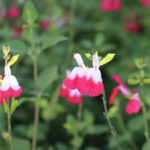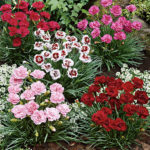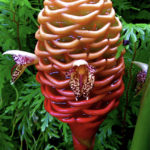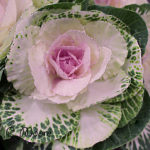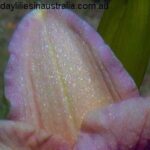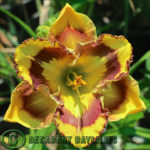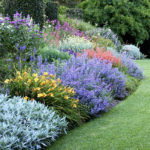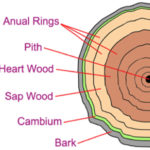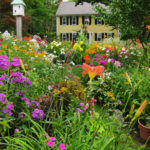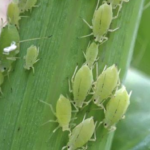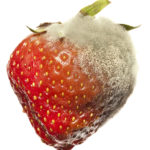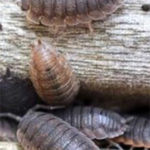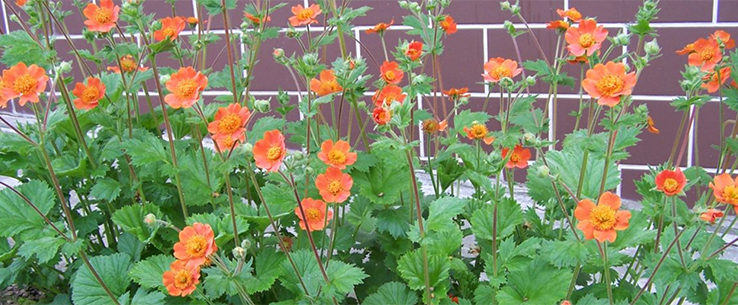
Geum Plants Grow Avens Varieties
Geum Plant Information And Taking Care
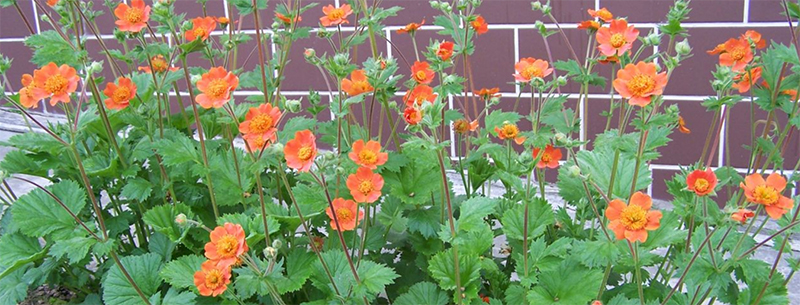 Geum or Avens is an herbaceous perennial flower belonging to the rose family. This rhizomatous plant is widespread in distribution across Asia, Europe, America, New Zealand and Australia. They are evergreen plants except in areas with extreme winter cold. They have coarse textured dark green leaves and grow 16-18 inches tall measured by flower height. Most flowers are produced on long stalks and the flower colour ranges from red, orange or tones of yellow as well as pinks. The plant forms clumps that spread to 12-18 inches. Hybrid cultivars have double blossoms which are fluffy, attractive and look affective. Flowers are usually produced during spring and re-blooms spasmodically throughout summer. The seed heads of the plant are also attractive with a feathery tail like appearance. Geums make good border plant in cool or warm areas and it is nice to see them planted in masses. They are well as container plants and are great as cut flowers. The plant grows well if given basic care and proper soil conditions.
Geum or Avens is an herbaceous perennial flower belonging to the rose family. This rhizomatous plant is widespread in distribution across Asia, Europe, America, New Zealand and Australia. They are evergreen plants except in areas with extreme winter cold. They have coarse textured dark green leaves and grow 16-18 inches tall measured by flower height. Most flowers are produced on long stalks and the flower colour ranges from red, orange or tones of yellow as well as pinks. The plant forms clumps that spread to 12-18 inches. Hybrid cultivars have double blossoms which are fluffy, attractive and look affective. Flowers are usually produced during spring and re-blooms spasmodically throughout summer. The seed heads of the plant are also attractive with a feathery tail like appearance. Geums make good border plant in cool or warm areas and it is nice to see them planted in masses. They are well as container plants and are great as cut flowers. The plant grows well if given basic care and proper soil conditions.
Growing Conditions
Geum produces flowers when planted in a sunny location and given moderate watering. The plant requires at least 6 hours of sunlight. Believe me, in hot climates, it is necessary to protect the plant from the scorching afternoon sun. Geum gets easily affected by root rot and it is necessary to avoid wet conditions or over watering. Geums can grow in different types of soils, but they grow best in a flowerbed with well drained fertile soil. Plant them at least 12-18 inches apart in the fertile soil.
Care for Geum
Water the plants regularly, but allow the soil to dry between watering. When new growth appears in spring, apply an all season fertiliser around the plant. The dead leaves can be removed whenever needed. To extend the blooming period, deadhead the plant regularly. Prune back Geum Plants after the blooming period to promote better foliage growth. Divide the plant often to avoid the death of the plant. It’s a well known fact that new plants or divided plants produce more plants and flowers than the old ones.
Pests and Disease
Geum Plants have very few pests or diseases. Plants grown in wet soil are prone to root rot during winter. Plants in dry soil are affected by Powdery mildew. Removing the infected leaves will allow fresh leaf growth.
Propagation of Geum
Geum is usually propagated by division or using seeds. Although some Geum breeds are sterile, the varieties that do produce seeds can be sown in the garden soil, during spring or summer at least 2 months before the killing frost starts. When sown indoors makes sure that you start the plant at least 2months before the last killing frost. Germination of the seeds requires at least 21 days. Plants can be divided every 3-4 years during early spring or during the autumn.
Varieties of Geum
The varieties of Geum have a different flower colour. Some of the common varieties are
- Geum Mrs. Bradshaw has large semi double scarlet red blossoms.
- Geum Tangerine has semi double flowers of intense tangerine orange that can flower often, on and off during the year.
- Lady Stratheden with double layered warm yellow flowers.
- Geum Pink Frills – although not a plain colour, this one is something different has pale musk pink ruffled flowers with dark veins on nodding flowerheads.
- Geum Leonards is a variety similar type of geum to above flowers, has beautiful colour shadings of copper, cream, orange with clear maroon bracts and showy. It likes moist soil at all times, grown best in a cool temperate climate.
- Geum Rivale alba comes with white nodding flowers or pale pink blossoms, not for the tough garden, don’t let this one dry out for too long, grows well in cool climates.
- Geum Serner Arends is a short growing variety of bright orange coloured single blooms, an extremely hardy variety great planted at the outline perimeter of gardens
- Double Bloody Mary tough and a bit over dwarf height produces attractive double layered dark red blossoms. This plant can be grown from seed.


